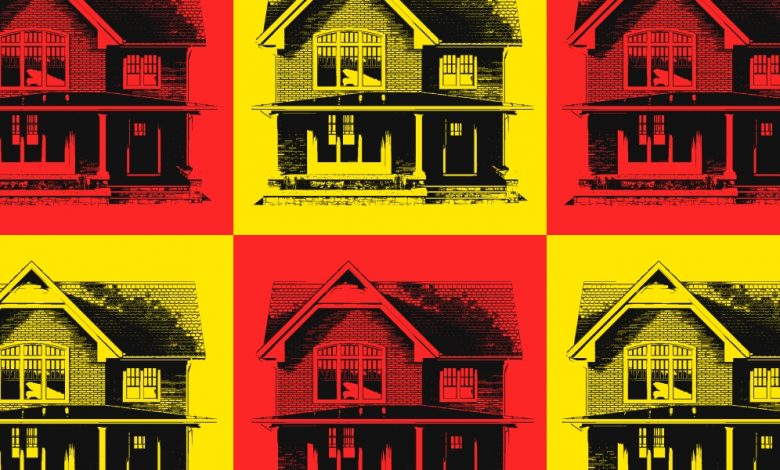According to Capital Economics, the free fall in housing market activity has just ended

But there may finally be good news for builders and realtors: Researchers at Capital Economics believe housing market activity has bottomed out.
“There are increasing signs that housing market activity may be nearing a bottom. The fall in mortgage rates in recent months has led to a modest improvement in affordability and a boost in homebuyer sentiment, albeit from record lows. This is confirmed as homebuyer mortgage applications have increased in recent months, which should lead to higher sales,” writes Sam Hall, real estate economist at Capital Economics.
It’s not just capital economics. There are a growing optimism among brokers and agents across the country. They’re hoping the easing of financial conditions, which has seen the average 30-year fixed-rate mortgage rate fall from 7.37% to 6.09% over the past two months, will help inject some juice into the upcoming spring season.
To be clear, even if housing market activity (ie, home sales) has indeed bottomed out, that doesn’t guarantee that home sales will recover quickly. In the end, Housing affordability remains “under pressure” on an historic scale.. That’s what will happen if US home prices rise 41% in just over two years and mortgage rates jump from 3% to over 6% in just 12 months.
“But any recovery in housing market activity this year will be lukewarm. Tight affordability, a flagging economy and falling house prices will all weigh on activity. As a result, we expect 2023 to be the weakest year in sales since 2011 and the weakest year since 2014,” write the researchers at Capital Economics.
Just because US home sales may be nearing a bottom doesn’t mean we should also plot the bottom for US home prices.
“Affordability will remain tight,” write the researchers at Capital Economics. “We believe house prices need to fall another 6% or 7% to bring affordability back to levels that support more normal levels of demand.”
Through October, the Case-Shiller National Home Price Index shows U.S. home prices down 2.4% from the June 2022 peak. 2023, Capital Economics expects US house prices to fall by 6% while the average 30-year mortgage rate falls to 5.75% by the end of the year. Capital Economics expects US house prices to fall 8% to 10% from peak to trough
Moody’s Analytics chief economist Mark Zandi also believes US home sales are nearing bottom while national home prices need to continue falling.
“Housing demand (home sales) is nearing a bottom, housing supply (home starts and completions) has yet to bottom, and [U.S.] Property prices still have a long way to go before bottoming out,” Zandi said wealth.
Zandi expects US home prices to fall 10% from peak to trough – with “overvalued” housing markets in the west being hit the hardest.
Let’s say Capital Economics and Moody’s are right and national home prices fall 10% from peak to trough. In that case, home prices measured by Case-Shiller would revert to October 2021 levels. On the one hand, this would be the second-largest post-war house price correction. On the other hand, it would be relatively tame compared to the 26% nationwide correction in house prices seen between the high of the housing bubble in 2007 and the low of the housing crash in 2012.
Looking for more apartment details? Follow me on Twitter at @NewsLambert.
Learn how to navigate and build trust in your organization with The Trust Factor, a weekly newsletter exploring what leaders need to succeed. Sign up here.



